In logistics warehousing, construction sites, and industrial production, choosing the right forklift is crucial for improving efficiency and reducing costs. With a wide variety of forklift types available on the market - 1.5-13 ton lithium battery electric forklifts, 1.5-10 ton fuel forklifts, and 3.5-10 ton off-road forklifts, how do you make an informed choice? This article will provide you with a practical guide.
I. Understanding the Characteristics of Different Types of Forklifts
1. Electric Forklifts (1.5-13 tons lithium battery)
Environmentally friendly and energy-efficient: Zero emissions, low noise, suitable for indoor and environmentally strict places.
Simple maintenance: Lithium battery maintenance-free, charging fast, long lifespan.
Low operating costs: Electricity costs are much lower than fuel.
Limitations: Higher initial investment, not suitable for extreme temperature environments.
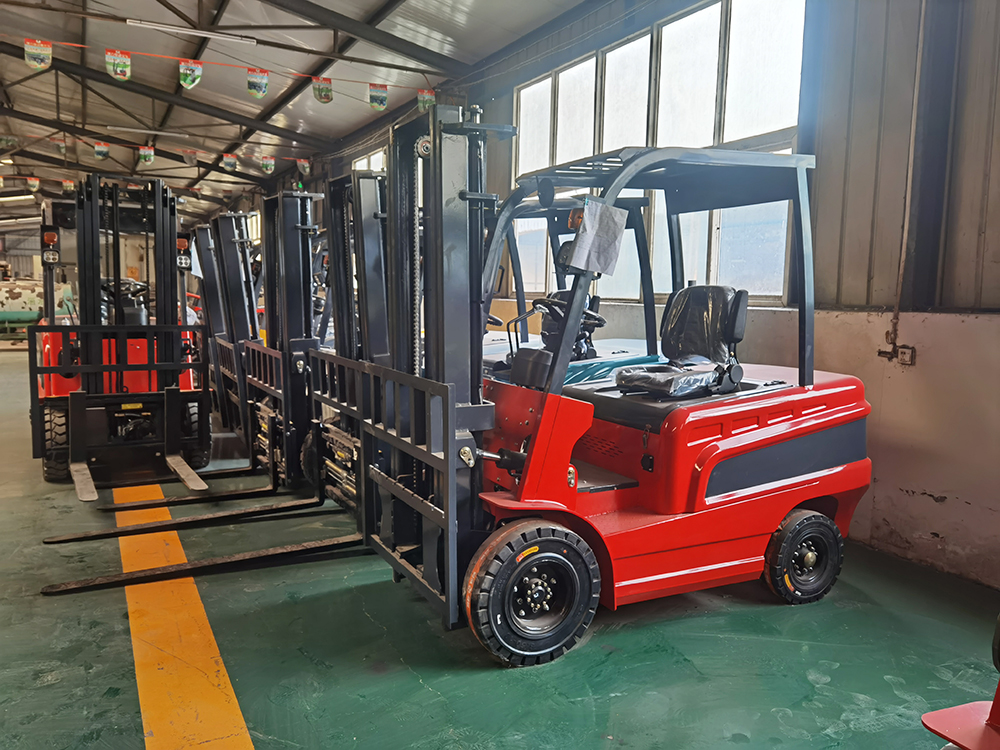
2. Fuel Forklifts (1.5-10 tons)
Powerful: Suitable for heavy loads and long continuous operations.
Adaptable: Not limited by temperature, suitable for outdoor operations.
High usage costs: Higher fuel costs and maintenance costs.
Pollution issues: Emissions of exhaust gas and noise, not suitable for enclosed spaces.
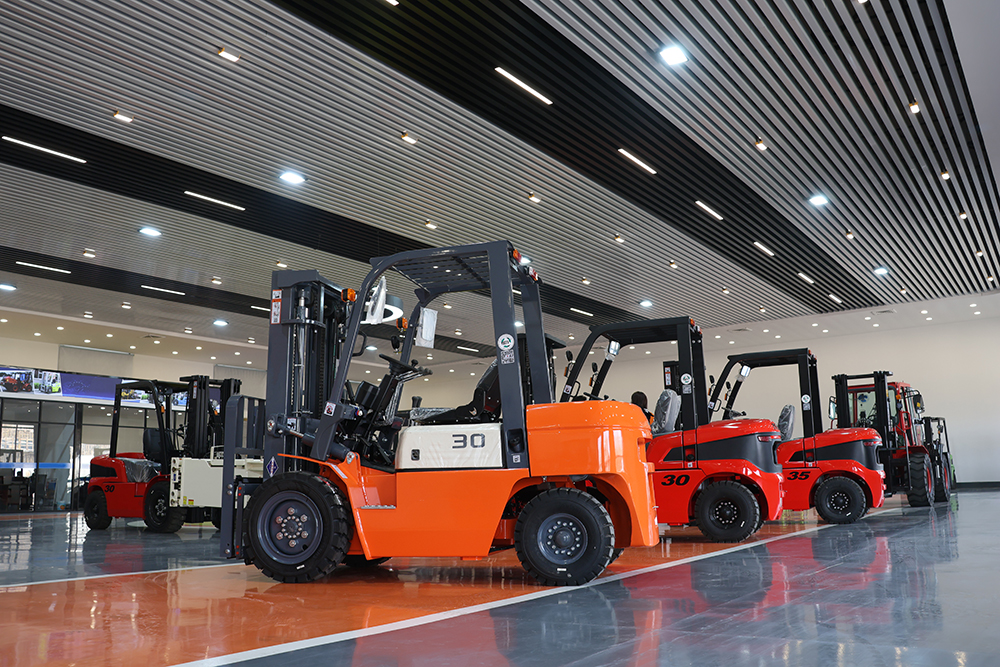
3. Off-Road Forklifts (3.5-10 tons)
Special design: Wide tires, high chassis, suitable for rough terrain.
Multifunctional: Can be used in construction, agriculture, forestry, and other scenarios.
Good stability: Low center of gravity, strong load capacity.
Limitations: Large size, not suitable for narrow spaces, higher price.
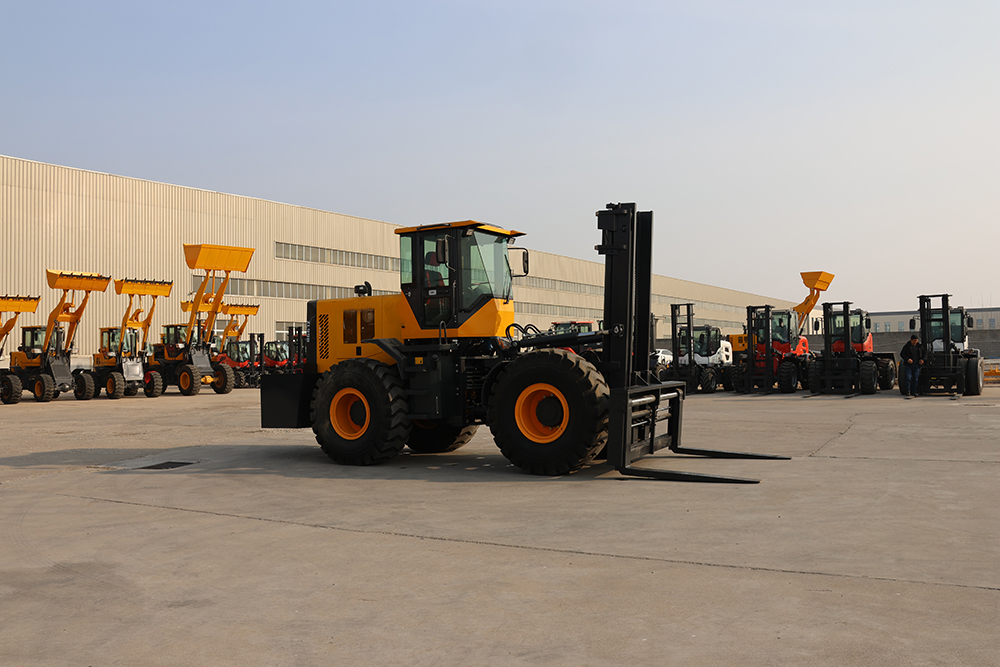
II. Five Key Factors for Choosing a Forklift
1. Assessment of the Working Environment
Indoor work: Prioritize electric forklifts to avoid exhaust pollution.
Flat outdoor: Fuel forklifts or electric forklifts are both acceptable.
Rough terrain: Must choose off-road forklifts.
Space limitations: Consider turning radius and lifting height.
2. Analysis of Load Requirements
1.5-3 tons: Light-duty operations, electric forklifts offer the best economic benefits.
3-8 tons: Medium-duty operations, choose electric or fuel based on usage frequency.
Over 8 tons: Heavy-duty operations, fuel forklifts or large-tonnage off-road forklifts.
3. Consideration of Usage Frequency
High usage (8 hours or more per day): Electric forklifts may have a lower total cost.
Intermittent use: Fuel forklifts may be more suitable.
Seasonal use: Consider leasing rather than purchasing.
4. Budget and Long-Term Costs
Initial budget: Electric forklifts are expensive but have lower operating costs.
Long-term use: Calculate total costs over 5 years, including energy, maintenance, and depreciation.
5. Special Requirements Consideration
Refrigeration Environment: Select specially designed electric forklifts.
Explosion-proof Requirements: Choose explosion-proof electric forklifts.
Shift-based Production: Consider fast charging or backup battery solutions.
III. Typical Application Scenarios of Different Types of Forklifts
1.Electric Forklifts Best Application:
High-cleaning requirements industries such as food and medicine; Indoor environments such as supermarkets and warehouses;
Noise-sensitive areas such as urban distribution centers; Work conditions with long daily usage time.
2.Fuel Forklifts Best Application:
Heavy-load operations in ports and docks; Temporary operations on construction sites; Extreme temperature environments (extremely cold or hot);
Remote areas with inconvenient power supply.
3.Off-road Forklifts Best Application:
Uneven ground on construction sites; Field operations such as forestry and agriculture; Natural disaster rescue; Special environments such as mines and quarries.
IV. Purchase Suggestions and Precautions
Field test: Try out different models under similar conditions.
Supplier evaluation: Select brands with a well-established after-sales service network.
Part supply: Ensure adequate supply of wearables.
Operational Training: There are differences in the operation methods of various forklifts.
Future expansion: Consider the demand changes brought about by business growth.
Remember, there is no "best" forklift; only the one that is "most suitable" for your specific needs, budget and long-term plans. The optimal choice can only be made
by considering your particular requirements, budget and long-term goals. It is recommended to consult a professional forklift supplier for a detailed analysis of the
working conditions and cost estimation to ensure that your investment yields the maximum return.
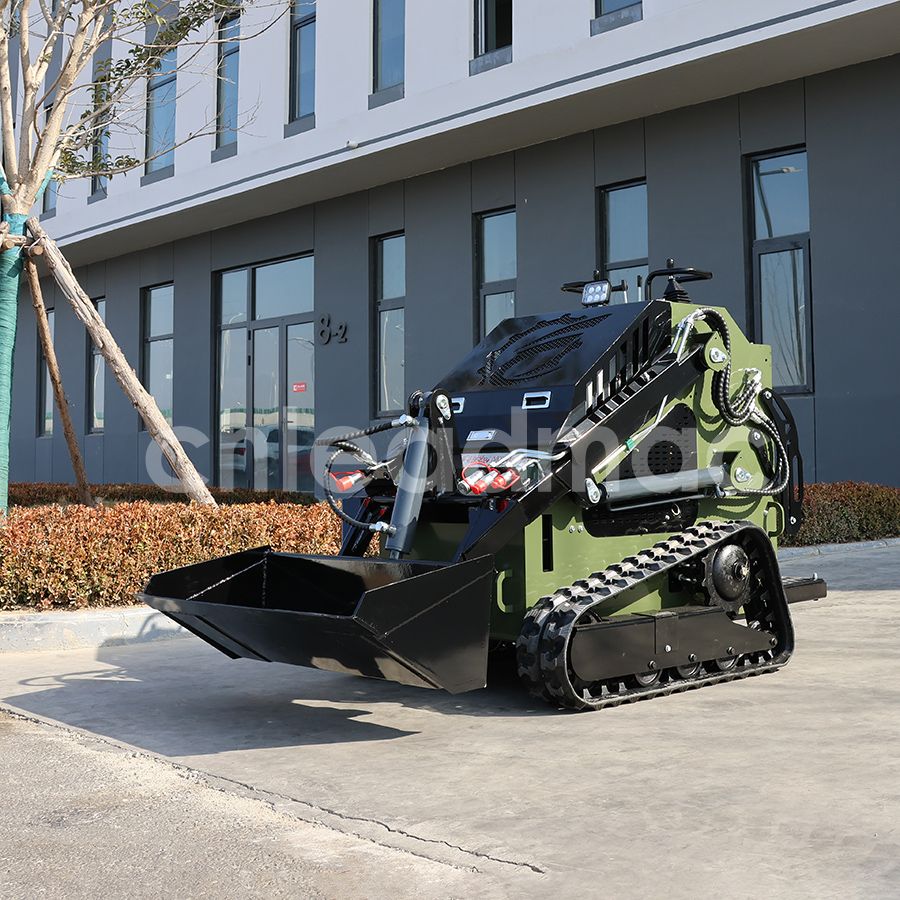 Which Skid Steer Loader Is Bes
Which Skid Steer Loader Is Bes
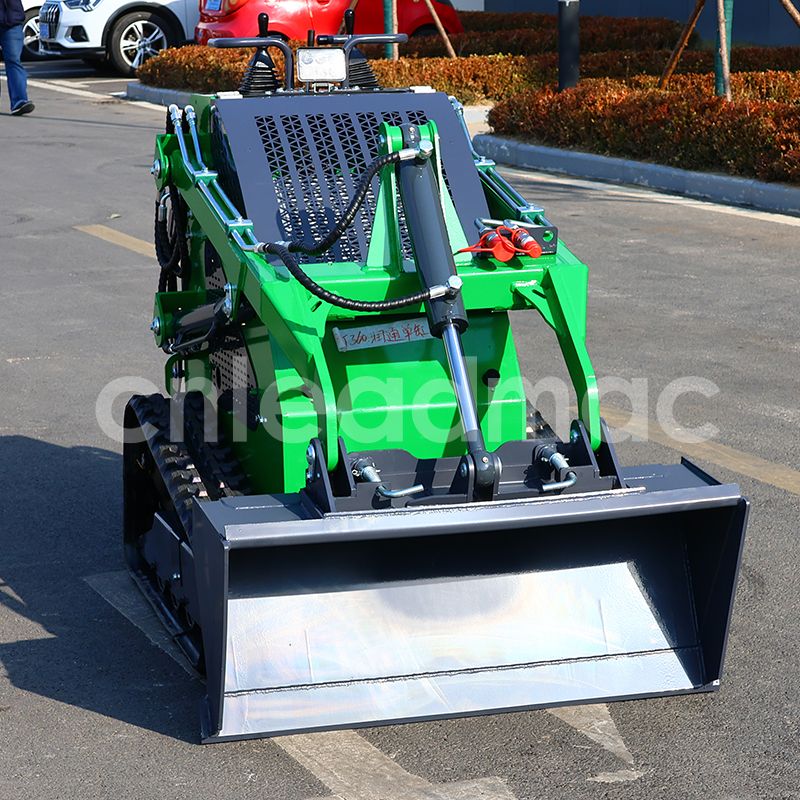 In Addition To Construction Si
In Addition To Construction Si
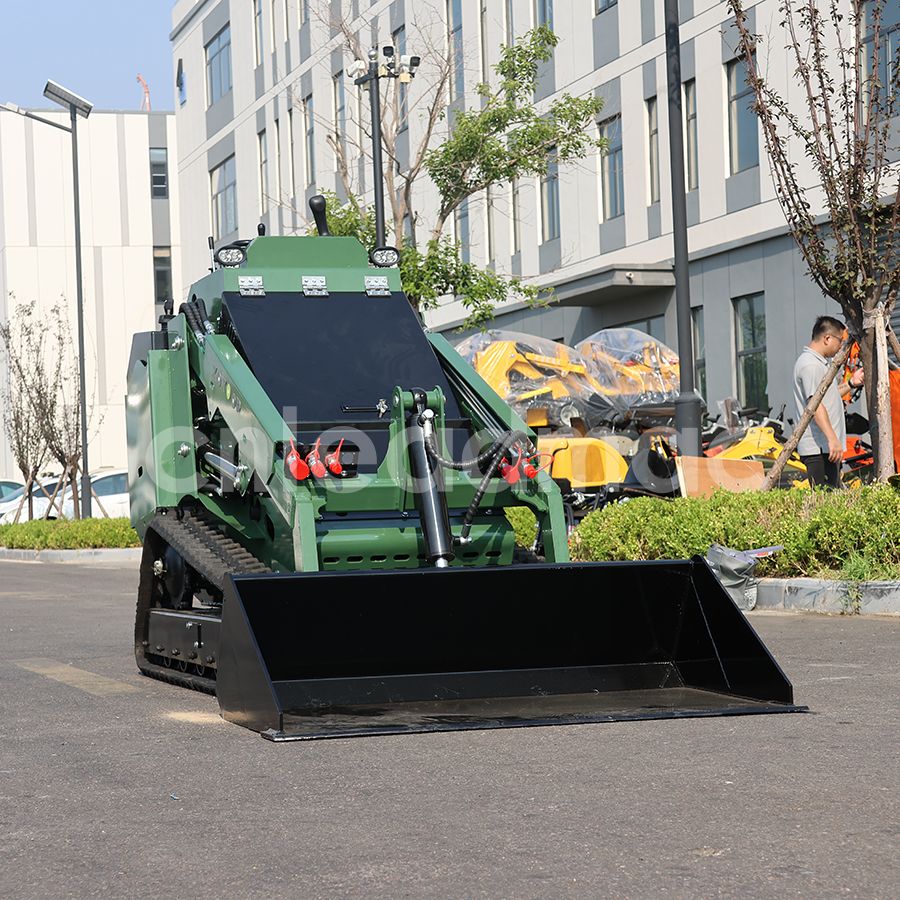 Storm Is Coming! A Complete Gu
Storm Is Coming! A Complete Gu
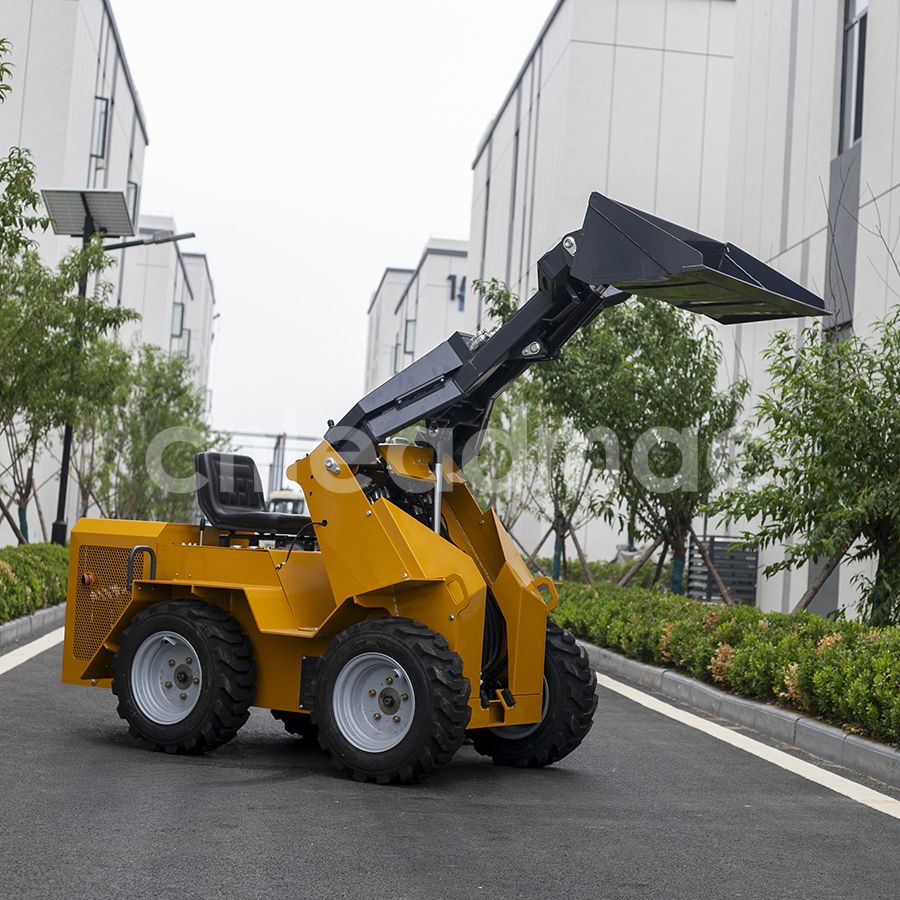 All-Round Capable, Fearless Of
All-Round Capable, Fearless Of